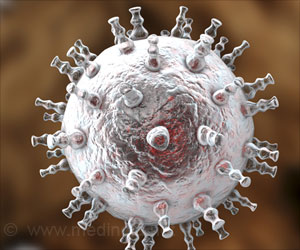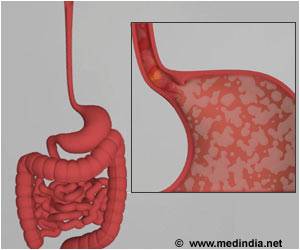Researchers from the Mayo Clinic had demonstrated that there are differences in pathological subtypes of multiple sclerosis that may react differently to treatment. Only those multiple sclerosis (MS) patients with evidence for antibody deposition
Researchers from the Mayo Clinic had demonstrated that there are differences in pathological subtypes of multiple sclerosis that may react differently to treatment. Only those multiple sclerosis (MS) patients with evidence for antibody deposition or complement activation -- immune cells that can cause tissue destruction -- in their lesions are likely to respond to plasma exchange, a treatment for acute MS attacks.
The research findings will be published in the August issue of The Lancet.During plasma exchange treatment, the patient’s blood is removed and the blood cells are mechanically separated from the fluid plasma. The patient’s blood cells are then mixed with replacement plasma and the mixture is returned to the patient. Researchers had previously found plasma exchange might help restore neurological function in approximately 45 percent of those experiencing sudden, severe MS attacks whose resulting disabilities did not respond to high doses of steroid treatment.
The study was conducted retrospectively in an attempt to unravel the “all or none” response Mayo Clinic MS experts had witnessed with plasma exchange treatment for acute attacks in 19 patients who at one point had undergone a brain biopsy in the course of their disease when the diagnosis of MS was still in question. Patients were seen at Mayo Clinic, the University of Vermont or a European center, and all included in the study had severe disabilities, including paralysis and loss of speech, which failed to improve with standard anti-inflammatory steroid treatment. Since tissue was already available on these patients, researchers had classified their lesions into four patterns based on the types of immune cells present and the pattern of myelin injury.
The investigators found that the 10 patients with pattern II MS lesions contain large quantities of immunoglobulin (proteins that serve as antibodies) and complement activation (the ability to combine with antibodies to destroy tissue) experienced moderate to marked improvement after treatment with plasma exchange. These patients experienced major gains in cerebral, motor, brain stem/cranial nerve, cerebellar and/or sensory function. Improvement began after an average of three days. However, none of the MS patients with lesions typical of either patterns I or III, which lack evidence for antibody or complement activation, achieved such improvement.
The investigators postulate that only the pattern II MS patients’ attacks responded to treatment because of the way in which plasma exchange works -- by removing disease-causing factors in the blood and plasma, such as antibodies and complement, which are only present in pattern II MS lesions.
Source: Newswise, The Lancet











